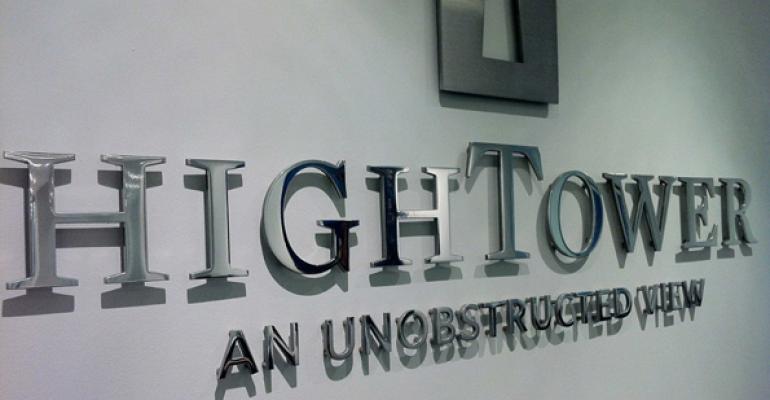The largest registered investment advisors now account for more than half of all client assets in the channel, and their share continues to grow.
A recent report by Cerulli Associates found there are 687 retail-focused RIAs with at least $1 billion in client assets under management. Those firms account for only 3.8 percent of RIAs, yet they now collectively oversee 60 percent of the channel’s assets, or $2.4 trillion. The majority of other firms in the channel (72 percent) are much smaller, with less than $100 million in assets on average.
The largest firms continue to get bigger. In 2012, RIAs with more than $1 billion accounted for 2.8 percent of firms. That rose to only 3.8 percent in 2014 and remained at that level to the end of 2016. The percentage of hybrid RIA firms with more than $1 billion has grown slightly more, from 2.4 percent in 2012 to 7.1 percent in 2016.
Larger teams leaving for the RIA space and increased merger and acquisition activity are primarily responsible for the growth, according to the Cerulli report titled “U.S. RIA Marketplace 2017: Ascendance of the Billion-Dollar Firm.”
The RIA channel previously didn’t attract as many large teams (in terms of client assets) as it does now. Technology and resources available to independent RIAs has caught up to, and in some cases surpassed, what is available at larger firms like the wirehouses. An RIA also might offer advisors a chance to have equity in the firm they work for and better compensation.
Examples of large teams leaving to join or start their own RIA are numerous and even include advisors like Phil Shaffer, the founder of Graystone Consulting, Morgan Stanley’s wealth management business that caters to institutions and wealthy individuals.
Firms like HighTower Advisors, Dynasty Financial Partners and Focus Financial Partners have helped larger teams make that move.
But M&As have fueled RIA growth and that activity doesn’t appear to be slowing down. Even firms like HighTower have acquired other large RIAs in their quest to grow.
RIAs are adding large teams (like the pair managing $500 million in New York City that joined Summit Trail Advisors) or are purchasing other RIAs. Depth of specialization, succession, growth through economies of scale are the forces behind the M&A activity, according to the Cerulli Associates report.
Not surprisingly, the largest RIAs accumulating other firms account for a disproportionate share of the channel’s advisors as well. RIAs with at least $1 billion AUM employed more than 32 percent of the channel’s workforce at the end of 2016, far more than in years past. In 2012, the group employed only 23.2 percent.
“Some of the largest RIAs resemble small broker/dealers in size, service, and brand awareness among advisors,” said Kenton Shirk, Cerulli’s director of intermediary practice, in the report. “Their ability to lure breakaway advisors should be a concern for b/ds. Half of breakaway advisors prefer to join an established independent practice. Billion-dollar RIAs are becoming formidable competitors for b/ds.”





